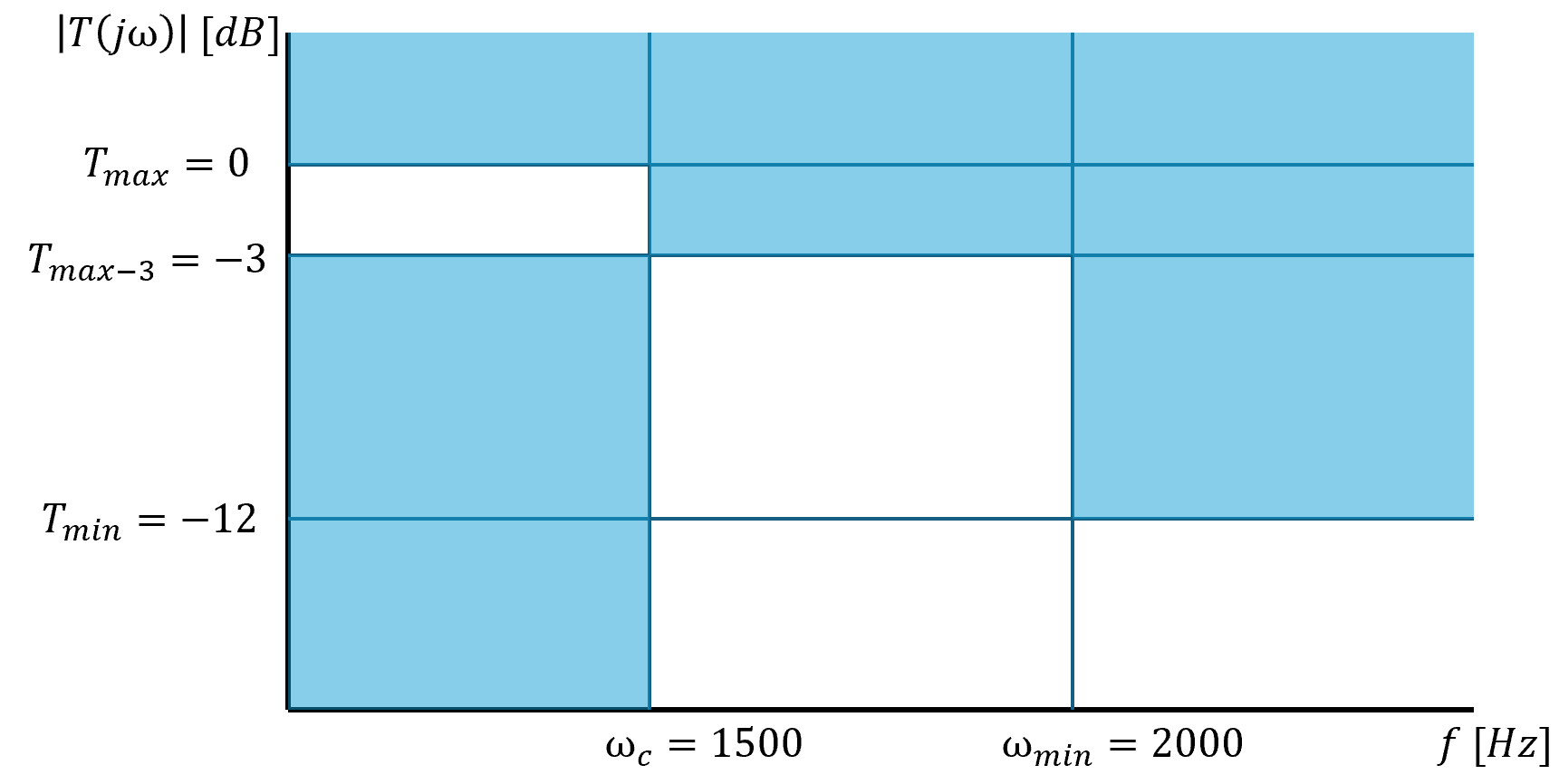Bat Frequency Audio Equalizer
Timeframe: Fall 2024
Scope: EGEE310 Network Analysis
Problem: To create a 3-band audio equalizer with bands for a specific application
For the final project of Network Analysis we were tasked with creating a three band audio equalizer that met the requirements for a specific application. Me and my partner chose to create an equalizer for recording bats in the wild. This created frequency ranges corelating to background noise (0-1.5kHz), bat communication chirps (1.5-13kHz), and echolocation scans (13-150kHz). With these ranges we created plots of our important frequencies and used those to design transfer functions for three filters: low, band, and high pass filters for the three ranges. these transfer functions were simulated in MATLAB. From these transfer functions we created 5th-order Butterworth circuits were derived and simulated in LTSpice.
LTSpice simulation of our low pass filter.
The band pass filter that I built in lab.
Frequency requirements for our low pass filter.
Once we were sure our simulation matched our requirements, we built the circuits in the lab. My partner built the high and low pass filters, while I built the high and low pass filters that were concatenated into the band pass filter, and the summation circuit to combine them all. Despite shifts in our frequency bands and gains which had to be tweaked to fit our requirements (almost certainly resulting from having to use resistors and capacitors with 10% tolerance), the final circuit worked quite well, and nearly as expected.
The combined equalizer circuit with computer audio as inputs and a speaker as an output. This clip shows music as the input, a little fun prior to testing the circuit on real bat sounds.



